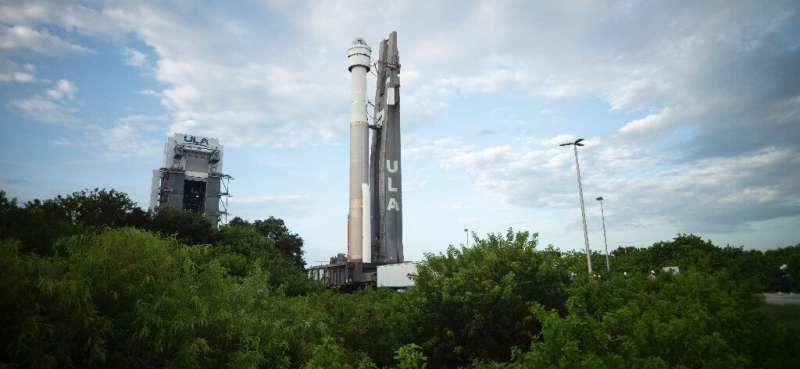After NASA ended the Space Shuttle program in 2011, it gave both Boeing and SpaceX multi-billion dollar contracts to provide its astronauts taxi services to the space station and end US reliance on Russian rockets for the journey.
SpaceX's program has moved forward faster, having now undertaken three crewed missions.
Boeing's program is lagging behind. During an initial uncrewed test flight in December 2019, the Starliner capsule experienced software glitches that caused problems with the way it fired its thrusters.
As a result, Starliner did not have enough fuel to reach the ISS and had to return to Earth prematurely, and a subsequent investigation showed it almost experienced a dire flight anomaly while reentering the atmosphere too.
NASA later called the mission a "high visibility close call," a rare designation reserved for near-catastrophes.
Steve Stich, manager of NASA's commercial crew program, told reporters last week he had confidence this time around.
"We want it to go well, we expect it to go well, and we've done all the preparations we can possibly do," he said.
"Starliner is a great vehicle, but we know how hard it is, and it's a test flight as well and I fully expect we'll learn something on this test flight."
The spacecraft will be carrying more than 400 pounds (180 kilograms) of cargo and crew supplies to the ISS and will return more than 550 pounds of cargo, including air tanks, when it lands in the western US desert at the end of its mission.
Explore further
© 2021 AFP



